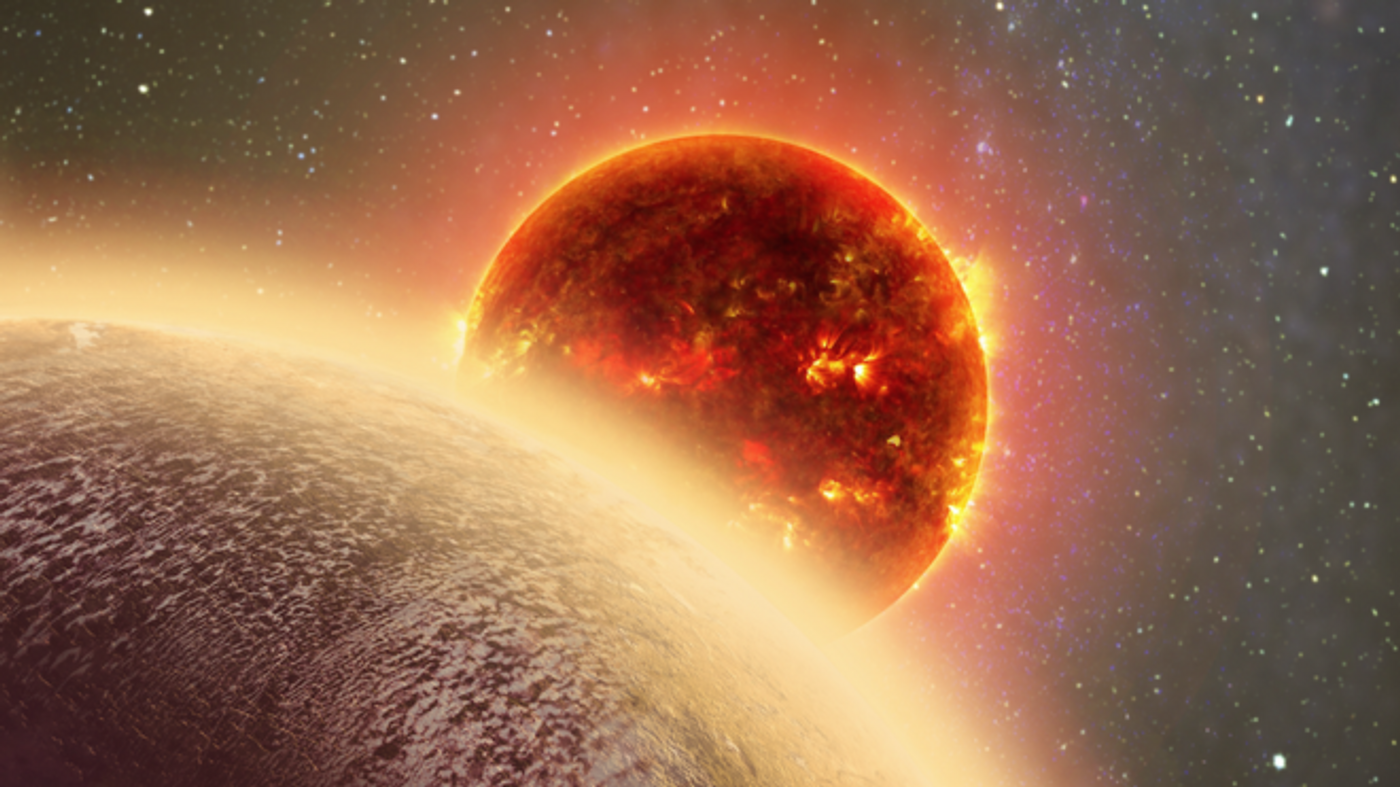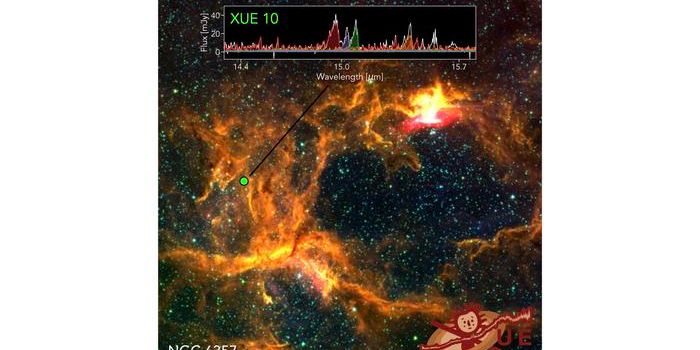Discovery of a Not-So-Distant Venus-Like Exoplanet Fuels High Hopes
Any time that scientists discover the existence of a new exoplanet, whether it’s close or nearby, it piques interest of the entire astronomy community. The fact of the matter is that we as humans, as insignificantly small as we are, want to know if we’re alone out there in our universe, and whether or not there are any other planets out there harvesting life forms.
That’s why when scientists found an exoplanet just 39 light years from Earth that resembled the planet of Venus, it made headlines. Dubbed GJ 1132b, the exoplanet is probably unlikely to possess any forms of life because it’s so hot, but it does have some important qualities that will make it easier for scientists to study and hopefully learn more about exoplanets for future exoplanet discoveries.

For example, GJ 1132b just happens to be orbiting a dim red dwarf star, which is the most popular type of star in our Milky Way galaxy, that is only about one fifth of the size of our Sun. The dim star means that our telescopes are able to probe the planet much easier without all of the glare issues that would come from a brighter star, meaning scientists can extract higher detail from photographs.
"The exciting thing is that, yes, it is probably true that the closest potentially habitable planets are going to be orbiting red dwarf stars," said Massachusetts Institute of Technology astronomer Zachory Berta-Thompson, whose team found GJ 1132b. "And if we want to study the atmosphere of such a planet, it's going to be a lot easier to do that if the planet is orbiting a small, cool star, like the red dwarf hosting GJ 1132b.”
GJ 1132b is about the same size as Venus and Earth, although because it’s so hot, any water would have been boiled off of its surface. On the other hand, the exoplanet likely possesses a decent atmosphere which protects it from much of its host star’s radiation.
Although we rely on the Hubble Space Telescope today to grant us images of deep space exploration, the upcoming James Webb Space Telescope, which was recently going through some important testing, will allow us to extend our reach even further.
By learning more about this system, which really isn’t as far away from the Earth as many other exoplanet systems that have been discovered are, we’ll better understand out other planetary systems outside of our own function.
Source: MIT








